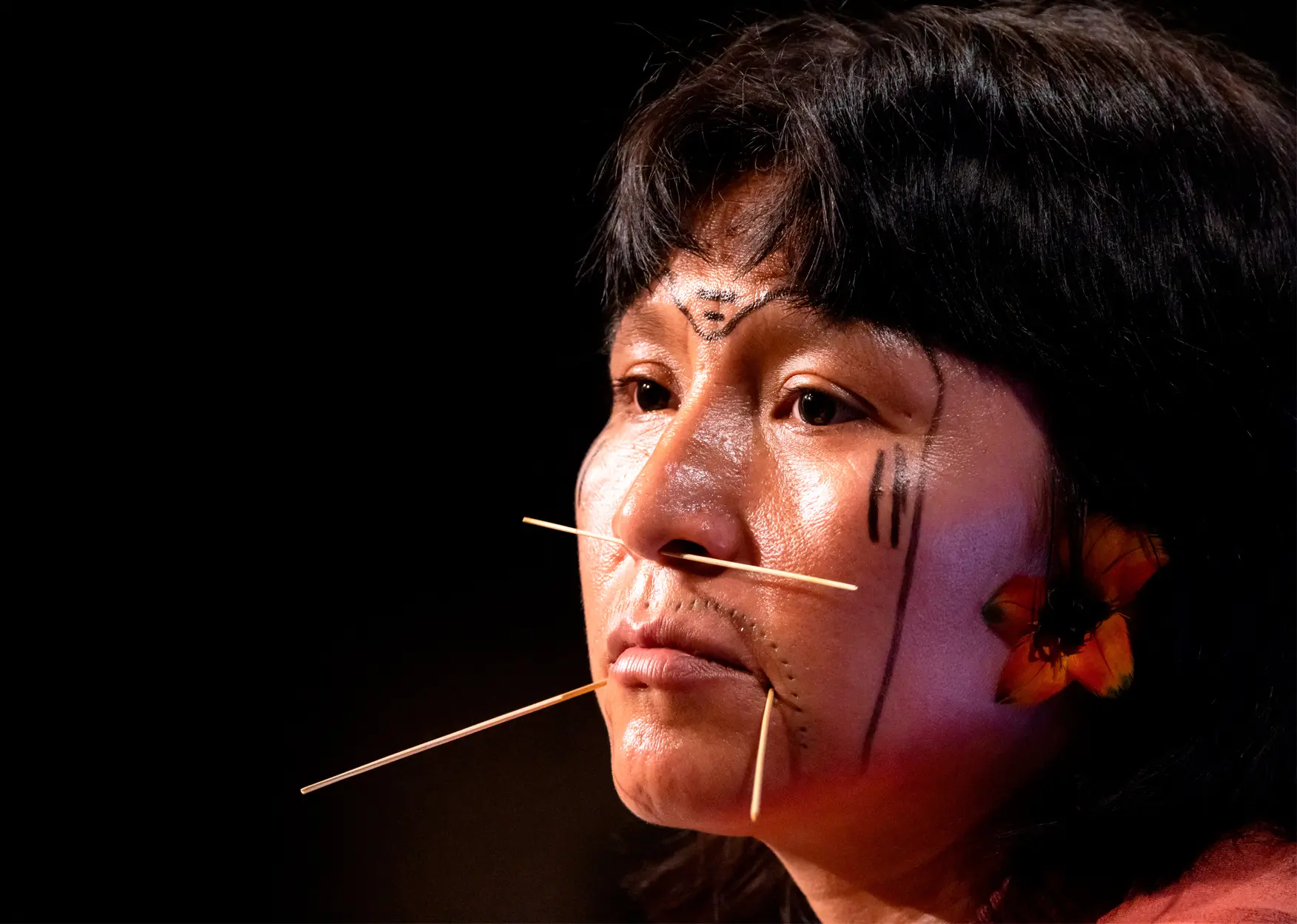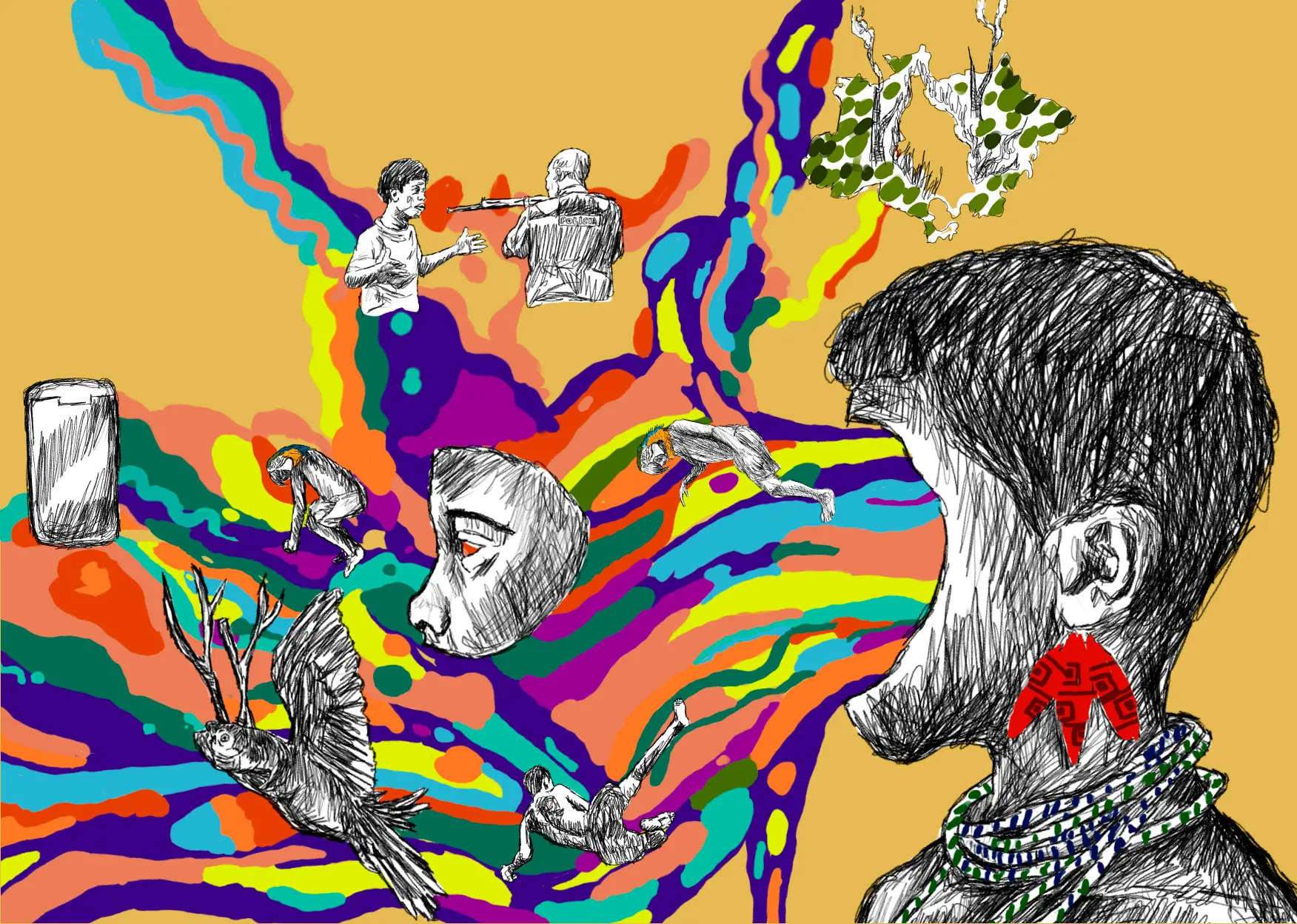Last Friday, January 20, our readers woke up to the following words: “We are not even able to count the bodies”. The cry of a health professional working in the Yanomami Indigenous Territory, between the Brazilian states of Roraima and Amazonas, became the title of a news story that exclusively revealed the terrifying figure repeated by the authorities and the Brazilian and international press over the last few days: 570 children of Yanomami ethnicity died from preventable causes in the four years of Jair Bolsonaro’s far-right government. Later that day, Brazil president Luiz Inácio Lula da Silva, better known as Lula, announced he would travel to Boa Vista, the capital of Roraima, as part of a committee led by the country’s Minister of Indigenous Peoples, the parentíssima (a word used by indigenous people that combines the Portuguese word parente, meaning familial relative, with the honorific excellentíssima, or right honorable) Sonia Guajajara. “We have received information about the shameful conditions of malnutrition among Yanomami children in Roraima. Tomorrow I’ll visit the state to offer federal government support, and, together with our ministers, we will take action to guarantee the lives of the Yanomami children,” the president said on Twitter. Lula also decreed a state of emergency in the Yanomami territory.
How does a journalism platform such as SUMAÚMA handle a story like this?
I believe this is important to explain, because it demonstrates who we are and how we operate, something our readers need to know when making their choices. In our debut story, in SUMAÚMA’s launch issue, we described the humanitarian tragedy the Yanomami people, whose territory had been invaded by thousands of illegal miners, were living through. We told the story from the point of view of Yanomami women, the most invisible of all. At the time, on September 13, our Special Projects Editor Talita Bedinelli obtained alarming information under Brazil’s Freedom of Information law: cases of malaria, a disease that had spread through the territory alongside the miners, had exploded from 2,928 in 2014 to 20,394 in 2021; in the first five months of 2022 alone, 46 children aged under five had lost their lives from “preventable causes” (a lack of medical and preventative treatment) and 52.7% of Yanomami children under five were malnourished. The exclusive findings also showed that, since July 2020, health centers operating inside the Yanomami territory had been closed 13 times because of the actions of the miners, leaving the Yanomami without medical care. After this debut story, we closely observed the escalation in violations in the territory. At the start of December, when Bolsonaro was still in power, our sources in the territory began to send us horrifying reports and photos of children and old people, in particular, suffering from severe malnutrition caused by hunger, malaria and other diseases. The news of the deaths was constant, the tone of the reports desperate.
As the most seriously affected areas within the Yanomami Indigenous Territory are controlled by illegal mining activity, and therefore extremely difficult to reach, journalists must pay even greater attention than normal. We need to prove what we’ve heard, out of respect for the facts, the reader, and especially the victims. Even when entry is authorized, indigenous territories such as those of the Yanomami are difficult to access due to the forest, and most are only reachable by plane or boat. When occupied by heavily armed criminals, they become almost impenetrable. This December, therefore, we interviewed indigenous leaders, health professionals and census workers operating in the region, to establish an exact, and journalistically responsible, picture of what is going on.
At the same time, we sought authorization for each of the photos that reached our hands. For the Yanomami, an image captured in a photo (utupë, in the Yanomam language) is one of the components of a person. When a baby, an old person, or someone who is ill is photographed, the individual, already in a condition of great vulnerability, becomes even frailer. The consequences can be serious, as by being photographed or filmed, a Yanomami may find themselves in the world of the dead. Using the photos in a news story, even with the intention of denouncing an absolute violation of rights, cannot be a further violation. One act of violence does not authorize us to commit another. Even so, it is extremely difficult to bear the anguish of witnessing such a tragedy, even through the voices of others, and control the desire to scream so loud the world will hear. We know, however, that only when journalism is responsible can it move that which needs to be moved.
We continued our work. The indigenous expert, anthropologist and Yanomami language translator Ana Maria Machado drew together the threads of the different leaders, who do not always agree with one another. While this was happening, photos were posted on the internet and the faces and bodies of the Yanomami spread across screens. Ana Maria and I continued our investigative work, which lasted through Christmas and the New Year. With a number of reports from reliable sources, who remained anonymous from fear of putting their jobs, or their lives, at risk, on January 6, Talita Bedinelli questioned the new government, asking them to reveal updated official figures. The response from the Ministry of Health only arrived on January 18, after a great deal of pressure. It said this administration will have a practice of quick responses to the press, but the current delay was due to transition difficulties because the new team has only just taken over management of the ministry.
An experienced journalist, Talita broke down the numbers provided by DataSUS, the system that has collated health data in Brazil for almost 20 years. By tabulating the 2022 data sent by the Ministry, and combining them with those from previous years, obtained through the Freedom of Information Law, she arrived at the staggering number of 570 children under the age of five killed by preventable causes in the four years of the Bolsonaro government. One would be unacceptable. Five hundred and seventy is a truly horrific figure. In addition to expelling criminals from the Yanomami Indigenous Land and stopping the humanitarian crisis, it is imperative that we identify and prosecute those responsible for the negligence that led to a tragedy that bears the fingerprints of Jair Bolsonaro and many members of his government, as well as Brazil’s political elites, and the country’s regional economics.
We published the report in the early hours of January 20 with the faces blurred, as agreed with the indigenous leaders, to minimize the impact of publicizing the photographs on the Yanomami culture, on the one hand, and, on the other, to protect indigenous people and health professionals from suffering retaliation within the territory. Any possible identification on the clothes of staff, nurses and doctors was also blurred, through the dedicated work of our image editor, Pablo Albarenga. No report is more important than people’s lives, even if it is a report that denounces a tragedy that devours lives.
This is how SUMAÚMA does journalism. It must also be said that this was the most difficult report I have edited and helped to produce since the start of SUMAÚMA, which completed four months of public life on January 13. Despite living with the images and reports for almost two months, when our production editor, Viviane Zandonadi, put the page together, my soul suffocated. I couldn’t sleep on the nights of January 19 and 20. And I believe this was the case, too, for many readers who woke up on Friday morning to these numbers, reports and images. Living in the Amazon, I wake up and go to sleep every day wondering how it is possible to do so while horrors like this happen all around me. I don’t know the answer, I just get up and carry on.



